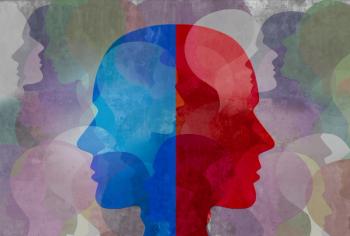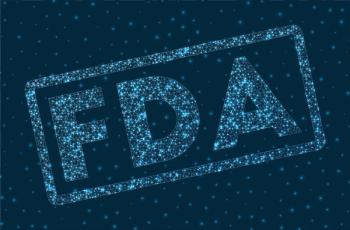
|Slideshows|August 4, 2017
8 Distinguishing Features of Primary Psychosis Versus Cannabis-Induced Psychosis
Author(s)Ruby S. Grewal, MD, Tony P. George, MD, FRCPC
The authors compare the clinical features of idiopathic psychosis (eg, schizophrenia) with cannabis-induced psychosis.
Advertisement
View the slides in PDF format.
Newsletter
Receive trusted psychiatric news, expert analysis, and clinical insights — subscribe today to support your practice and your patients.
Advertisement
Latest CME
Advertisement
Advertisement
Trending on Psychiatric Times
1
Programs for ST-905 and ST-905 for Schizophrenia and Depression Launched by Syremis Therapeutics
2
Psychiatry and Artificial Intelligence in 2025
3
Latest Alzheimer Disease Data: Reports from CTAD 2025
4
Competence and Compassion in the Reiner Family Tragedy
5

















